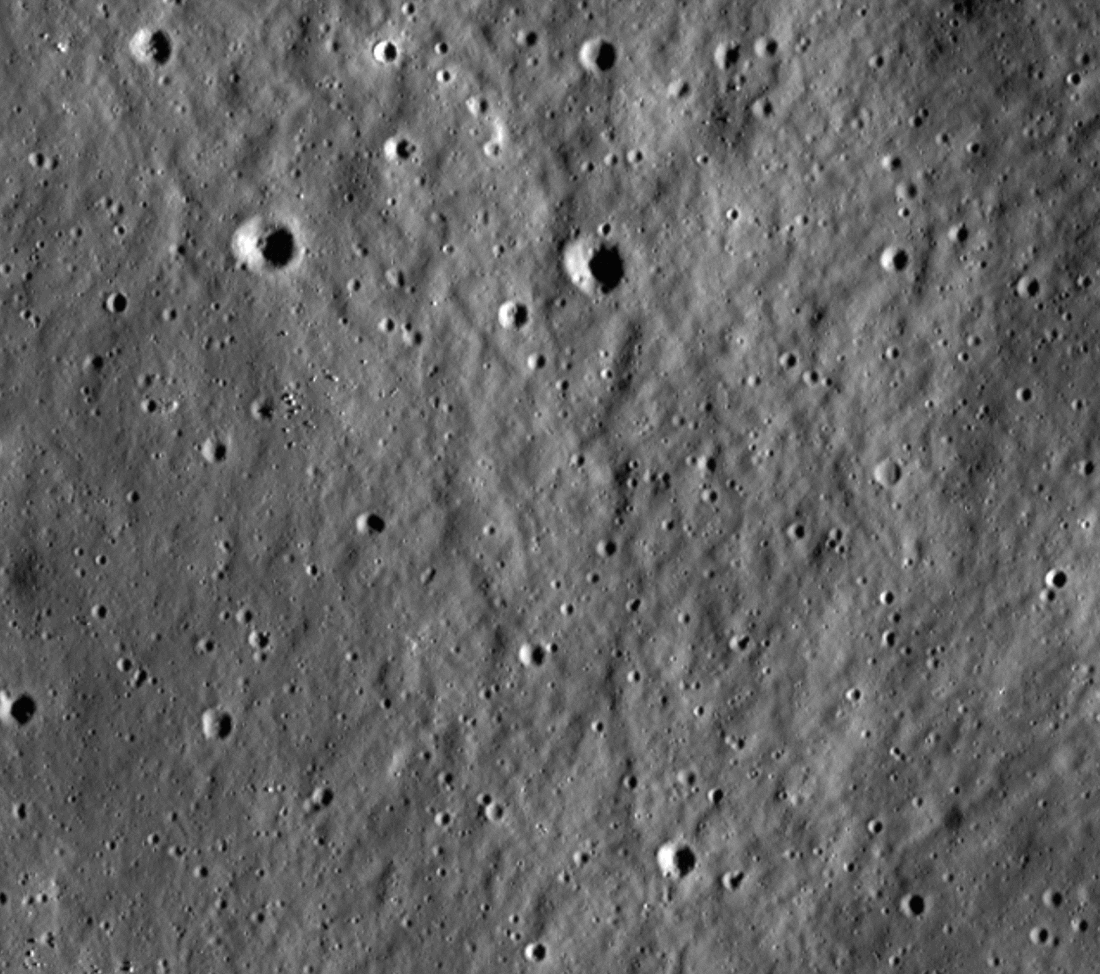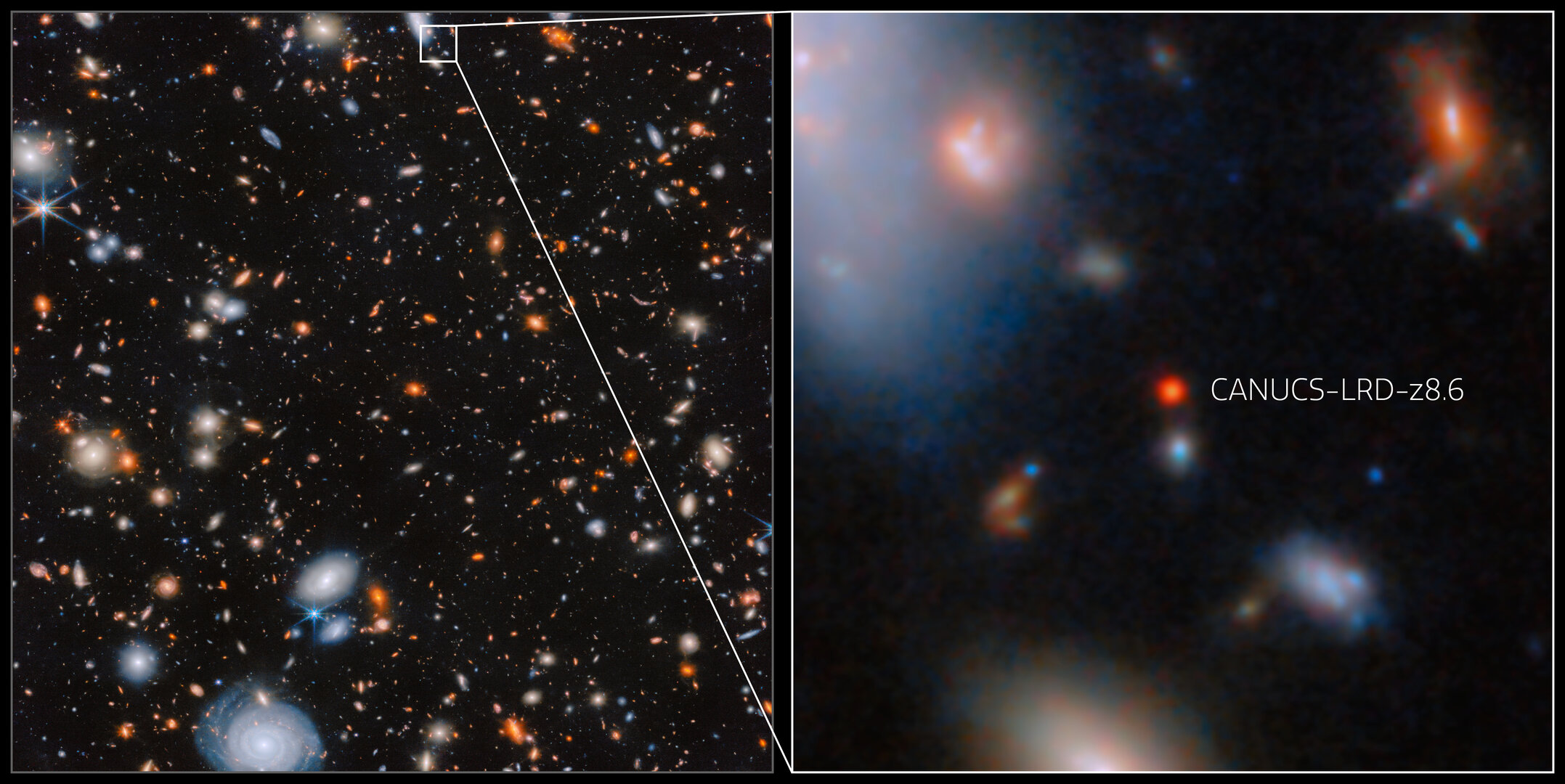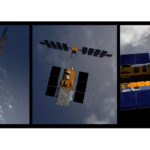Now Reading: Scientists just discovered a new crater on the moon — they call it a ‘freckle’
-
01
Scientists just discovered a new crater on the moon — they call it a ‘freckle’
Scientists just discovered a new crater on the moon — they call it a ‘freckle’

The headline says it all: The list of our moon’s craters just got a little longer.
On Nov. 13, the Lunar Reconnaissance Orbiter Camera (LROC) team — which operates visual equipment on NASA’s Lunar Reconnaissance Orbiter (LRO) — announced the discovery of a never-before-seen dent in Earth’s natural satellite. It appears to be about 72 feet (22 meters) in diameter, probably formed between December 2009 and December 2012 and comes from a collision scientists say happened just north of another lunar cavity, Römer crater.
For instance, as of a 2016 statement from the LROC team, scientists had found over 200 impact craters that formed during the LRO mission (which began in 2009). In 2023, the moon-orbiting probe even found a possible human-made crater — the consequence of Russia’s Luna 25 lunar lander crashing into the world’s surface.
The scoop on a new crater
As for this latest crater discovery, the team says what we know so far about the subject is that it ejected bright material tens of yards from the crater rim upon impact, and that this ejection yielded “sunburst-shaped” rays. Similar sorts of rays have been seen near fresh lunar craters before, such as with this impact from March 17, 2013.

“Over time, the rays will darken to the shade of the surrounding regolith as the material is exposed to space weathering,” the LROC statement reads.
It’s also notably small, as the team refers to it as a “freckle” on the moon.
Finding new craters on the moon is “essential for understanding impact rates and crater degradation rates over time, as well as for planning safe, successful missions to the moon,” the statement adds.
The latter point is particularly important, as several nations are racing to get boots back on the moon, including NASA. NASA’s Artemis moon program, presently slated to roll out over the next decade, intends to land humans on the moon for the first time since 1972. As a result, scientists have been meticulously trying to learn about the safety of the selected landing zone, a large region near the moon’s south pole. For instance, you have to take into consideration how good communication with Earth will be from a certain location, what the general terrain is like and what lighting conditions might be, as shadows on the moon can be tricky. Some experts are even taking into consideration seismic conditions (moonquakes, basically).
So, presumably, a landing zone with an unexpected crater could spell disaster for such a mission. The more we know about our moon’s dented body, the better.
Stay Informed With the Latest & Most Important News
Previous Post
Next Post
-
 012024 in Review: Highlights from NASA in Silicon Valley
012024 in Review: Highlights from NASA in Silicon Valley -
 02Panasonic Leica Summilux DG 15mm f/1.7 ASPH review
02Panasonic Leica Summilux DG 15mm f/1.7 ASPH review -
 03How New NASA, India Earth Satellite NISAR Will See Earth
03How New NASA, India Earth Satellite NISAR Will See Earth -
 04And Thus Begins A New Year For Life On Earth
04And Thus Begins A New Year For Life On Earth -
 05Astronomy Activation Ambassadors: A New Era
05Astronomy Activation Ambassadors: A New Era -
06SpaceX launch surge helps set new global launch record in 2024
-
 07Space Force plans new ‘Futures Command’ amid pressure to speed up modernization
07Space Force plans new ‘Futures Command’ amid pressure to speed up modernization




















